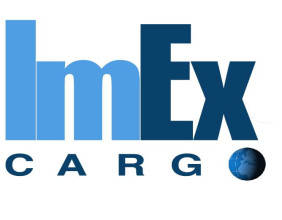Highlights:
Endeavour Mining carries debt, with financial data reflecting its balance sheet strength.
Revenue generation and cash reserves play a role in debt management.
Interest coverage and financial stability remain focal points for market evaluations.
Endeavour Mining (TSX:EDV), operating in the mining sector, has debt reflected in its financial reports. Debt is often used for business expansion, but its impact depends on how well the company manages repayment and financial obligations.
Companies utilize debt to support operations, fund projects, and enhance business efficiency. However, challenges arise if repayment capabilities weaken, leading to refinancing or equity adjustments. Maintaining a balance between debt and cash flow remains a crucial factor in financial stability.
Debt Levels and Cash Reserves
Recent financial records highlight the company's existing debt, with a portion offset by available cash reserves. The difference between total debt and cash holdings provides insight into overall net obligations.
Liabilities due within a shorter period, along with those extending further, outline financial commitments. Cash reserves and receivables contribute to financial flexibility, influencing how debt is managed in alignment with business operations.
Debt and Earnings Performance
Debt obligations are assessed in relation to earnings before interest, tax, depreciation, and amortization (EBITDA). Additionally, examining interest coverage ratios provides insight into how well earnings address financing costs.
A lower debt-to-EBITDA ratio reflects controlled leverage, while the ability to cover interest expenses through earnings plays a role in financial stability. Changes in earnings may impact how debt is managed over time, with financial reports offering updates on these aspects.
Cash Flow and Debt Management
Cash flow remains a key component when evaluating debt obligations. Converting earnings into free cash flow supports repayment strategies and provides flexibility for future financial decisions.
Historical records indicate that a portion of EBIT has translated into free cash flow. This factor contributes to debt repayment capabilities, allowing for adjustments when necessary. Monitoring financial statements provides insight into ongoing cash flow trends.
Financial Outlook and Debt Positioning
Debt management involves balancing financial obligations with revenue streams and cash reserves. Earnings performance, operational efficiency, and market conditions influence how debt is addressed within a company's financial strategy.
Maintaining stable earnings while managing debt obligations is a key aspect of financial positioning. Market trends and industry conditions continue to play a role in financial decision-making, with debt remaining an essential factor in assessing overall financial health.



